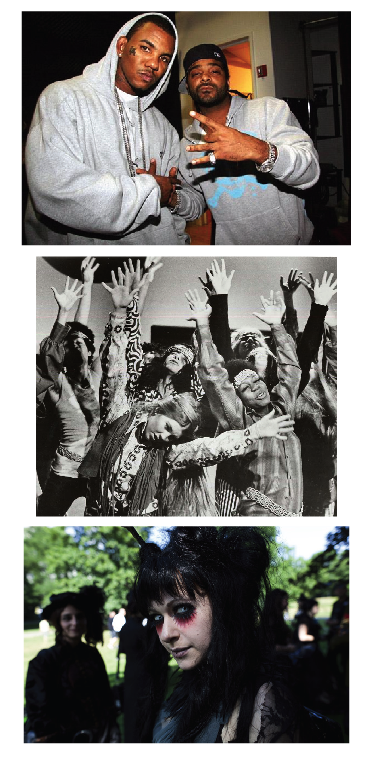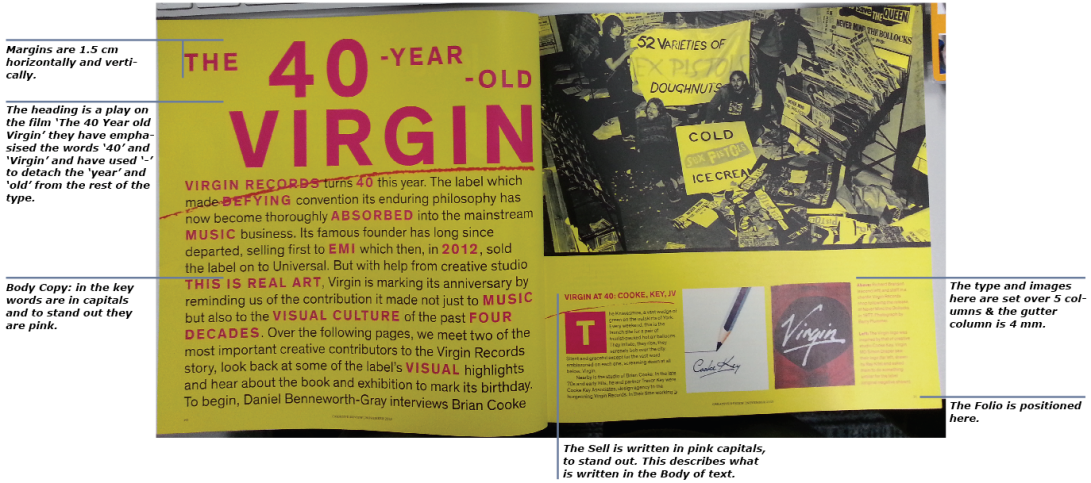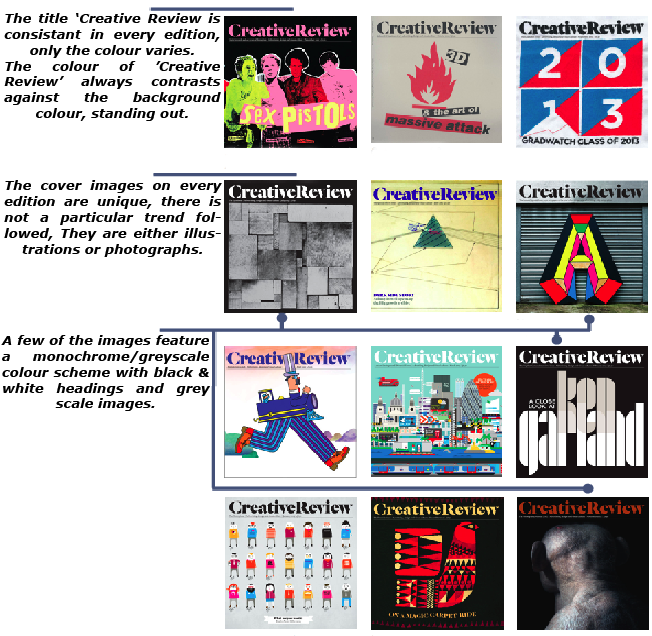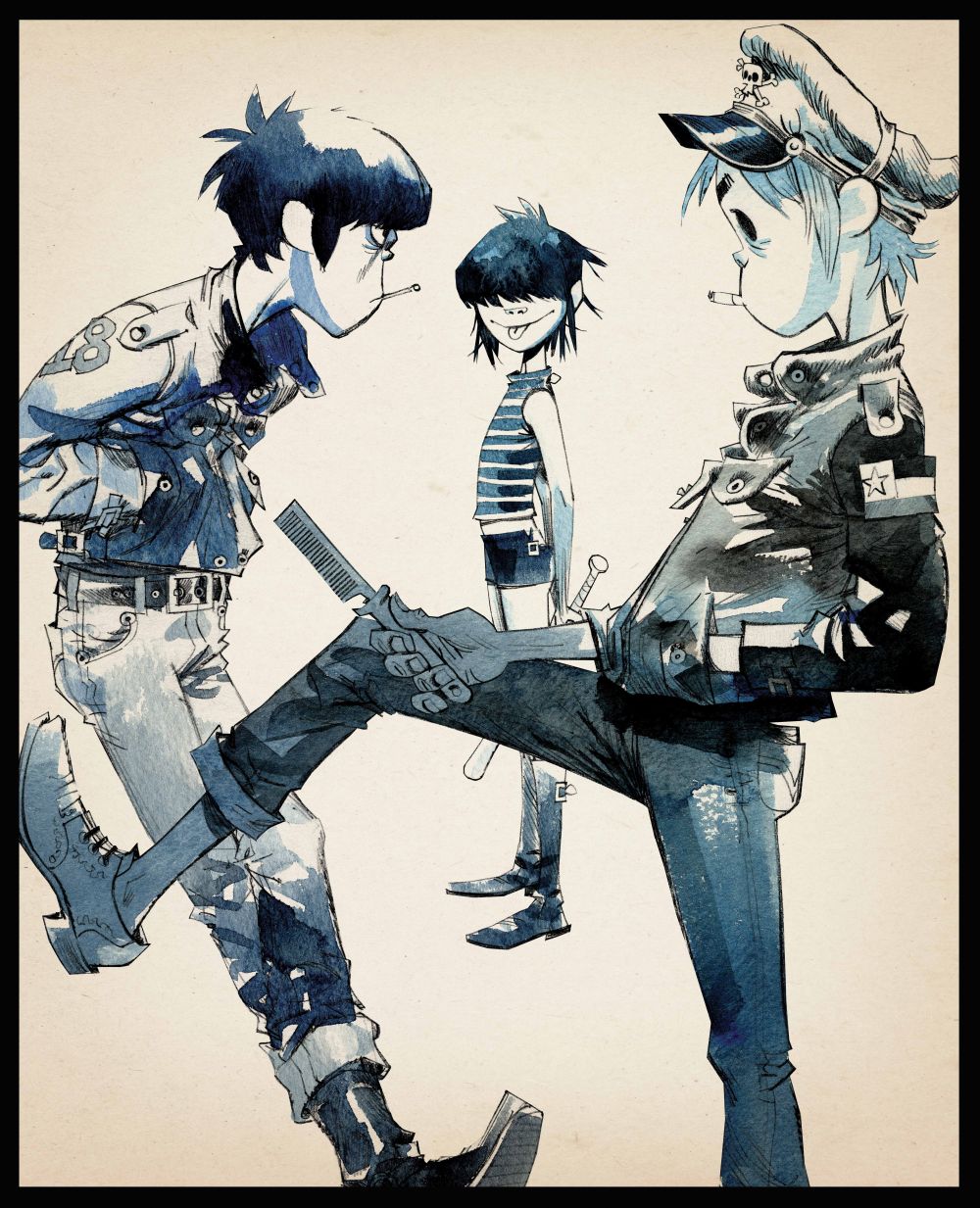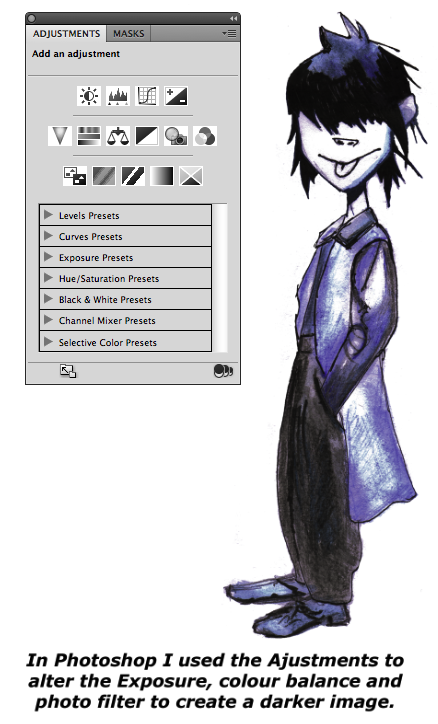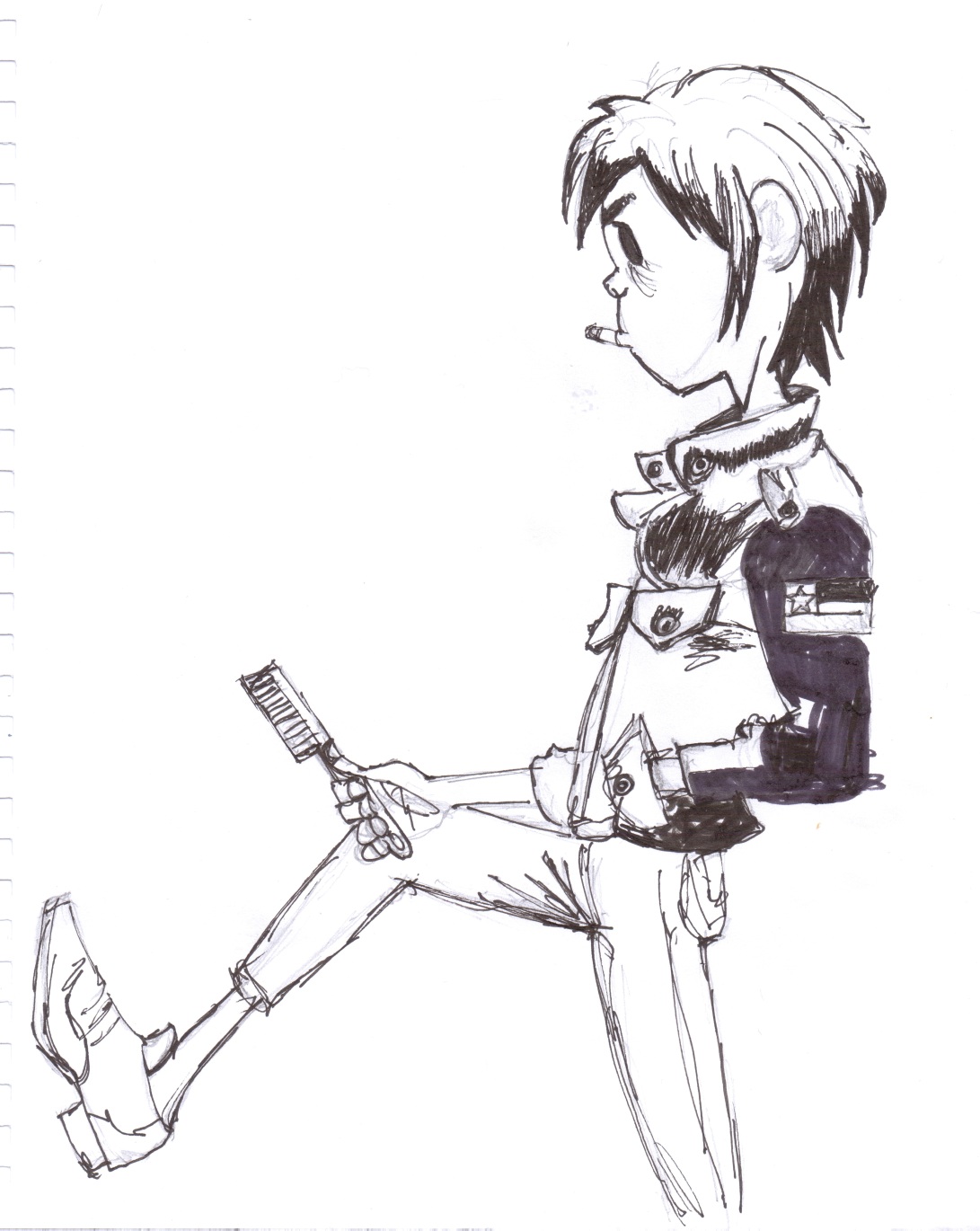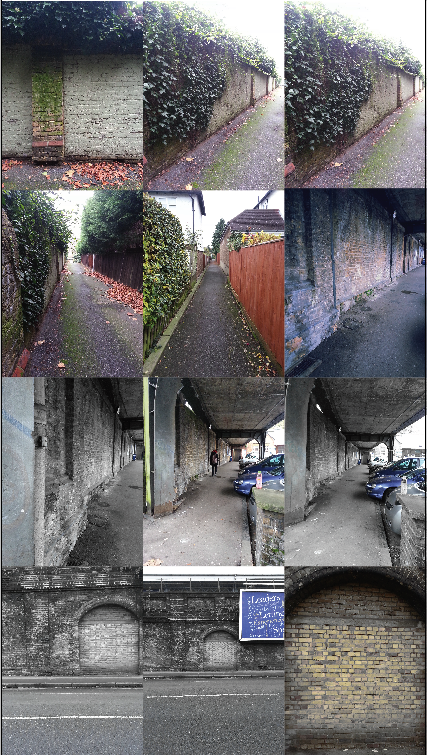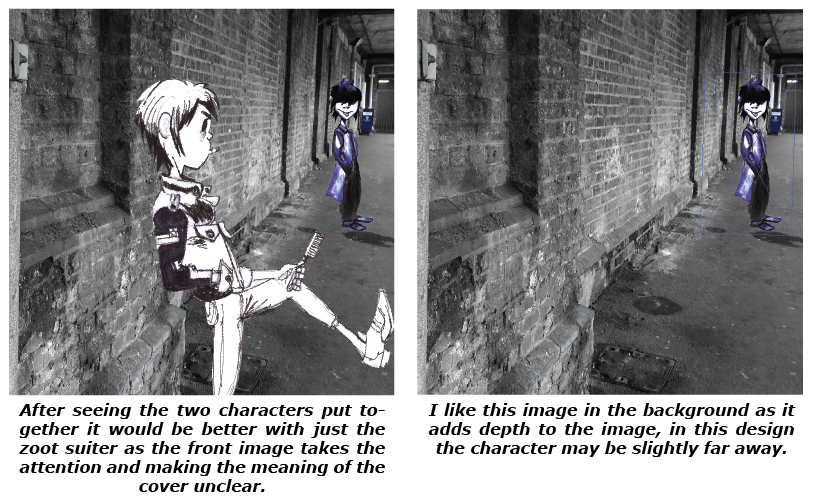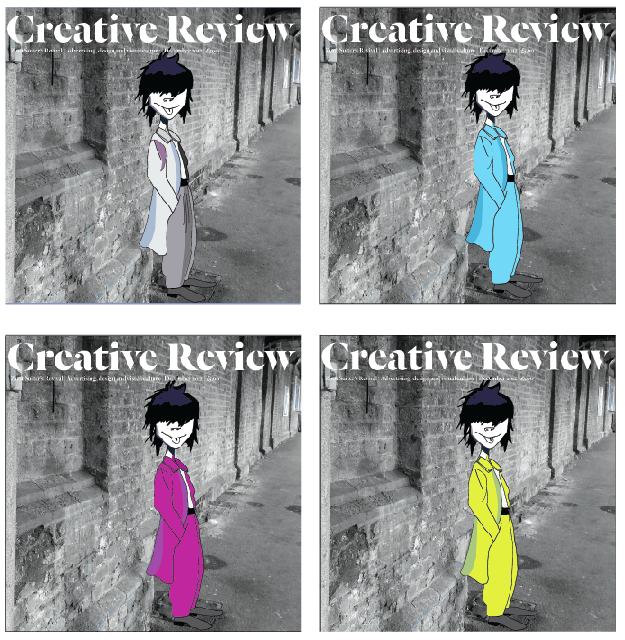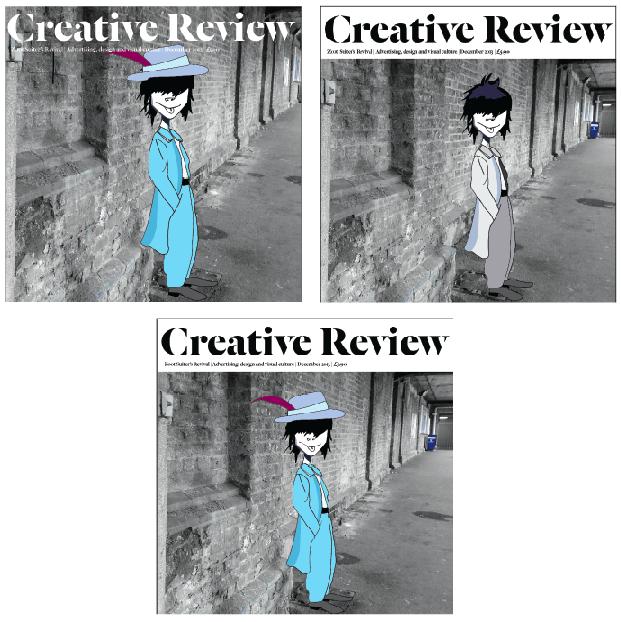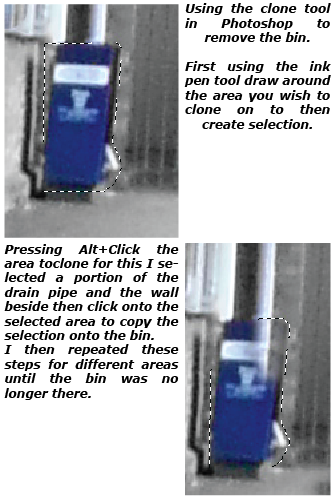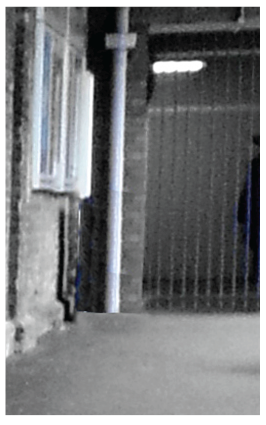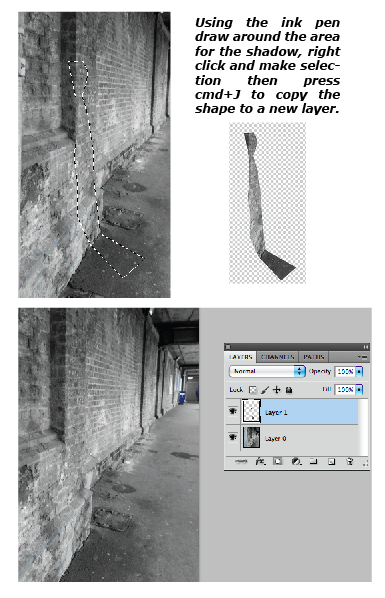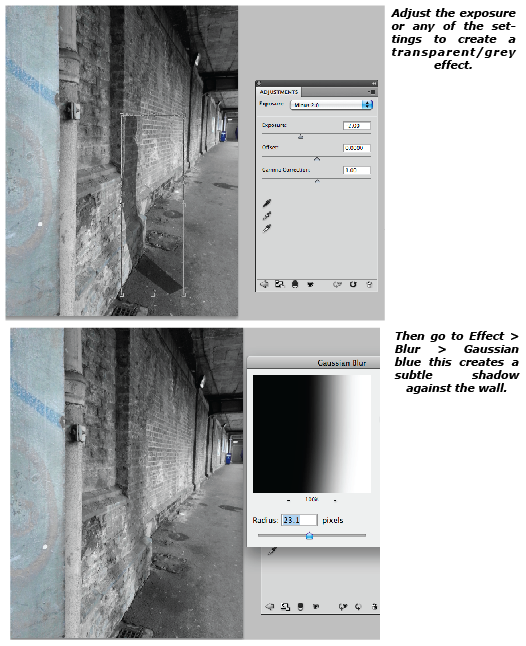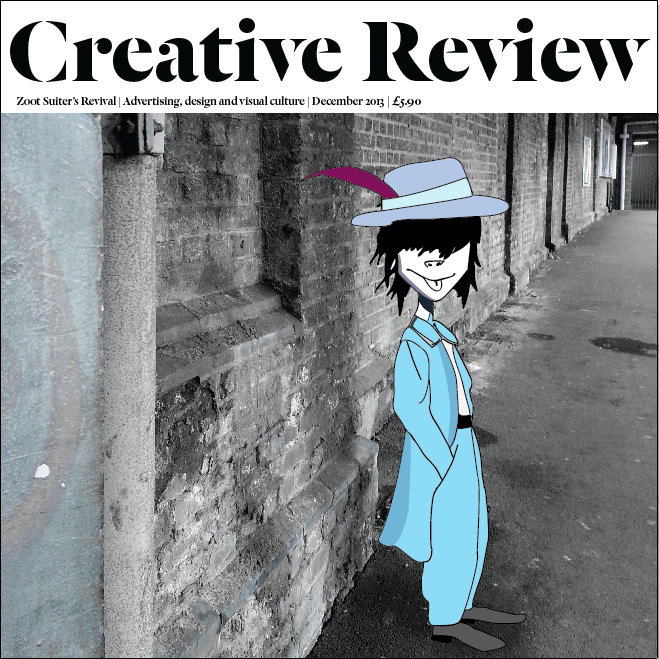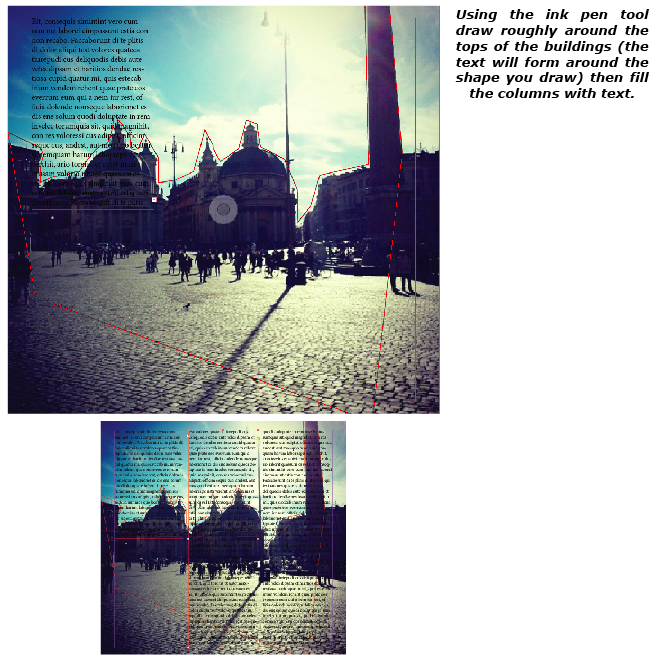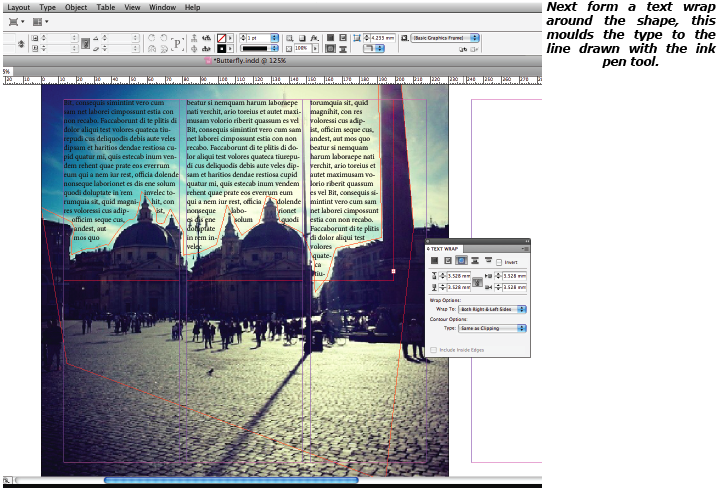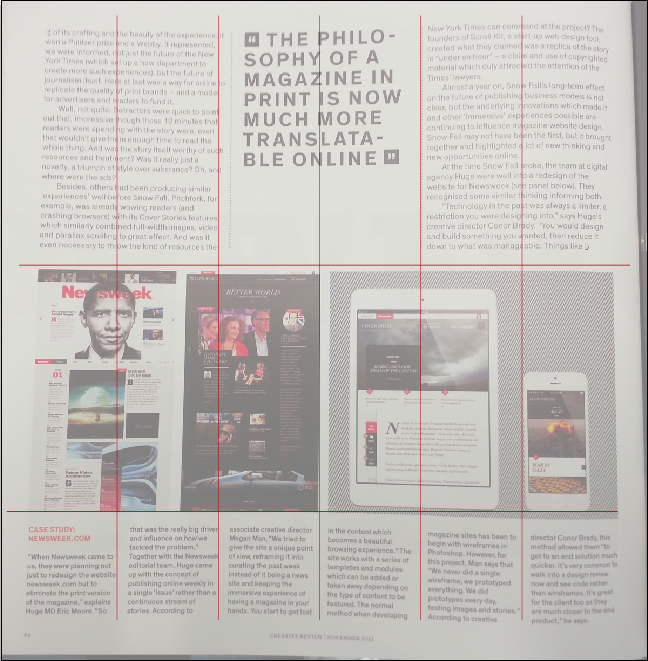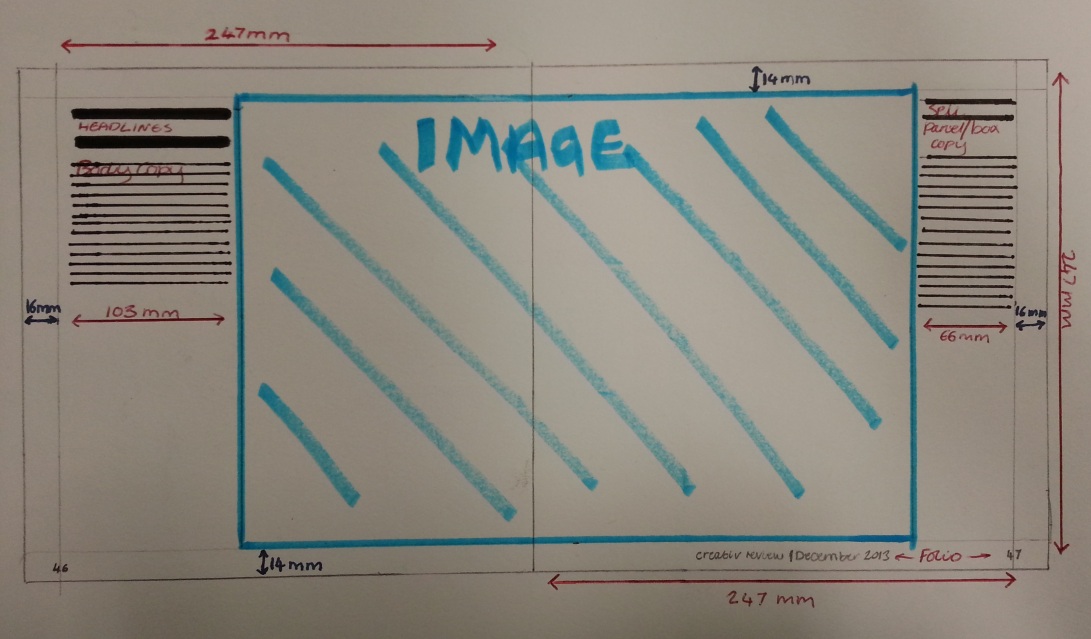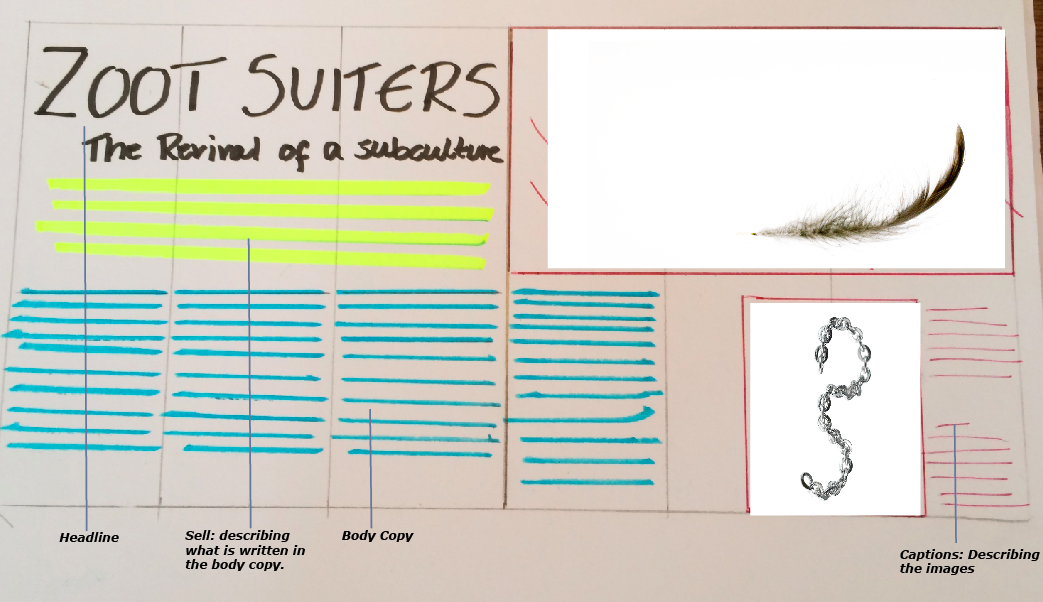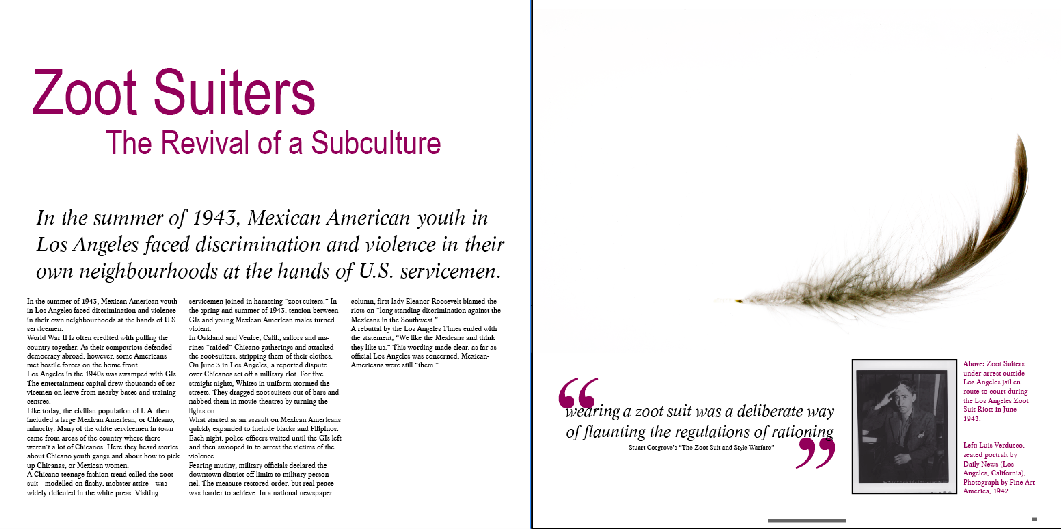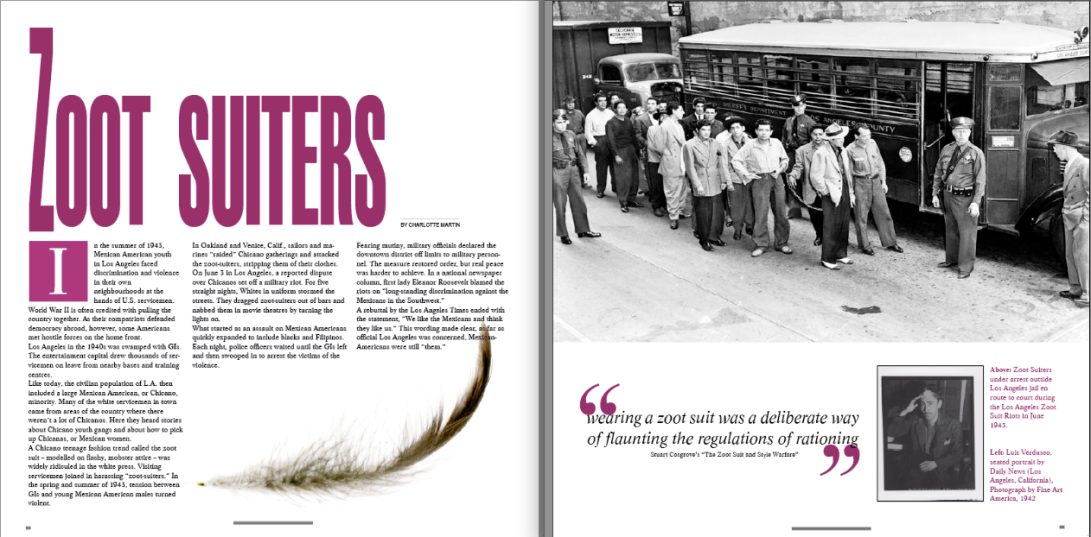


1) Visual Communication:
In what ways does the visual communication/message of the piece meet the needs of the brief?
I feel that the visual communication meets the brief well, I have used the sub culture Zoot Suiters and applied this to a modern day article for a well known magazine, I have thoroughly researched the sub culture and investigated the signifying practices that makes them who they are. One particular part I focused on was why the riots started, this all comes down to the media/press at the time who singled out the Hispanic Zoot Suiters which led to them being the targets of the riots this is an example of effective visual communication (even though the results where not positive).
In what ways does the visual communication/message of the piece fail to meet the needs of the brief?
Over I am please with my cover and double page spread, although I feel the double page spread could be improved slightly it still needs some tweaks to have every element in the perfect position.
What are the strengths of the visual communication? Why?
The double page spread is very striking it stands out with the bold headline and strong colour, this was how I wanted to communicate the extravagance of Zoot Suits particularly in the Headline by extending the ‘Z’, It adds boldness while still keeping the seriousness of the article.
What are the weaknesses of the visual communication? Why?
On screen the piece looks fine, when it was printed it wasn’t to the correct standard, I feel the images where not as clear as they could be.
In what ways could the piece be mis-read or mis-understood by the audience? Be specific about who the audience is.
Creative Review is aimed at professionals working within the arts and design scene, also students at university level studying Arts and other creative subjects. This covers male and females from the age of 18.
If I where proposing this professionally to a marketing department I would say my target audience is ABC1.
I think it could be mis-understood by the audience – Zoot Suiters where from the 1940’s whereas Creative Review is aimed at young professionals so there could be a generation gap and the customers may not know what Zoot Suiters are. Also Zoot Suiters where from america so in England it wouldn’t be much of a revival – however it could be global which would make the article relevant to people working in the fashion and design scene.
In what practical ways could the piece be developed or improved?
I should have left more time for the printing as the paper I chose was wrong for the printer so I ended up using a standard laser jet printer and normal A3 paper.
2) Reflection of own working practices:
How was my time keeping?
My time keeping was good until the very end, I was running on schedule until I had problems with printing which slowed me down, I also found that I spent a lot of time researching my chosen sub culture and not enough on layouts.
How was my analysis of the brief?
I interpreted the brief well enough, I feel I have covered the points, however my research into visual communication could have been improved
How was my research?
I researched Zoot Suiters very well but feel I could have researched Layouts/visual communication more.
How did I draw conclusions from my research?
I tend to compare things I have lightly researched and then focus on one or two which I would consider using for the piece.
How did I use research to generate and develop ideas?
I did a small amount of research to begin with – that was enough to give me a few ideas, I then looked into the ideas and focused on a particular one, for instance when I came across Jamie Hewletts work I felt I could merge it with the Rebel Hispanic Zoot Suiter to create a strong character for the front cover – and I did!
How did I use evaluations to help with my ideas generation and development?
At the end of every draft I said what I was and wasn’t happy with and what I would do to counteract the problems. This method would keep going until I was happy with the outcome.
I presented research from book and the internet and also generated my own research into effective layouts by creating my own in my sketchbook.
How did I use experimentation during the project? How can I make this more effective?
I experimented with the use of background images for the front cover, after I settled on one I altered the colour of the Zoot Suiter character and compared several. If I had more time I would have created more variations of the double page spread, in my next project my aim is to work faster and more effectively by researching and generating ideas quickly then focusing on three main ideas and developing from there.
In what ways did I show that I had achieved the Learning Outcomes? How can I improve this next time?
I showed all technical processes on my blog and explained them step by step with images, I researched all aspects of my chosen sub culture including process communication I also looked into what the sub culture meant to different ethnicity’s.
What parts of the project did I enjoy most? Why was this the case?
I enjoyed creating the front cover as it was a style of art I like and felt the photo I took myself worked well in the background.
What parts of the project did I enjoy least? Why was this the case?
The printing, I purchased some paper very similar to what is used for Creative Review, when it came to printing on this lovely paper the ink was runny and didn’t sink into it as well as I hope this resulted in the images being unclear.
To overcome this I printed on standard paper using a laser jet printer the image quality on this was fine however the paper did not have the finish I hope for.
What areas inspired me? Why was this the case? How could I follow these up?
I had a lot of fun exploring new photoshop techniques, Roger showed me how to clone and how to create a shadow, for my next project my aim is to self learn using books, magazines and the internet to improve my knowledge.
What areas were challenging or difficult? Why was this the case?
Some areas where not so much difficult but very slow/tiring work, for example when creative the Zoot Suiter character for my front cover I had to draw on illustrator and ensure every line was joined together so that when it came to using the paint bucket it has the desired effect.
How can I go about developing and improving the parts I found difficult?
With practice I hope I can find faster ways to do things.
Do I need to develop certain skills? Do I need these now? Or later?
Technical skills in Photoshop, In Design and Illustrator these are very important and I need these now and will need them later.
As I mentioned above I will self learn new techniques using the internet etc.
